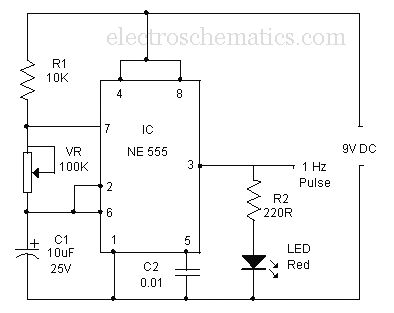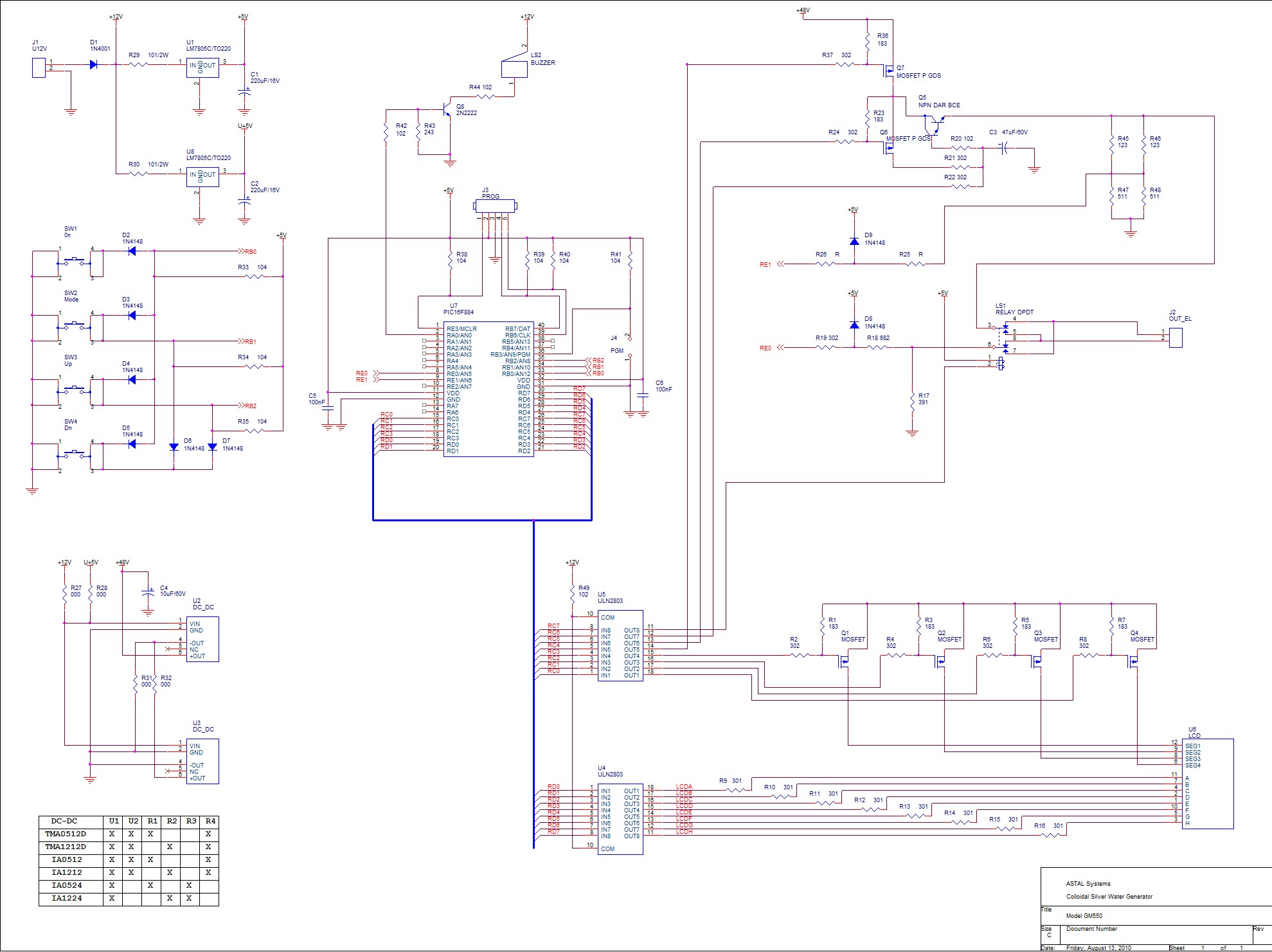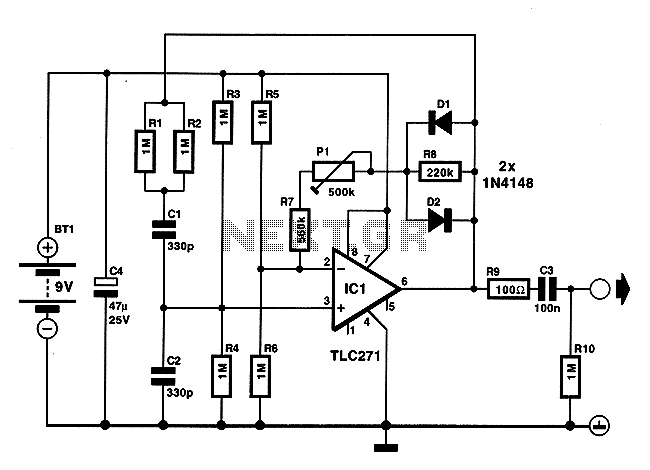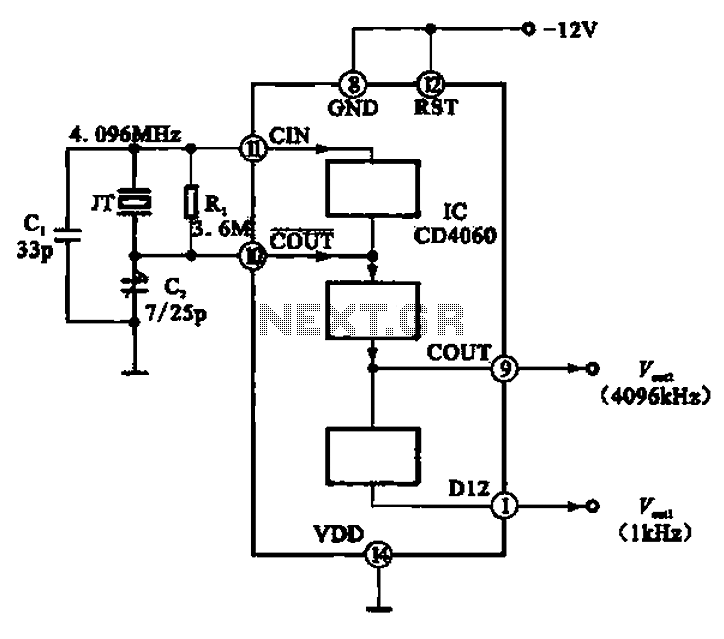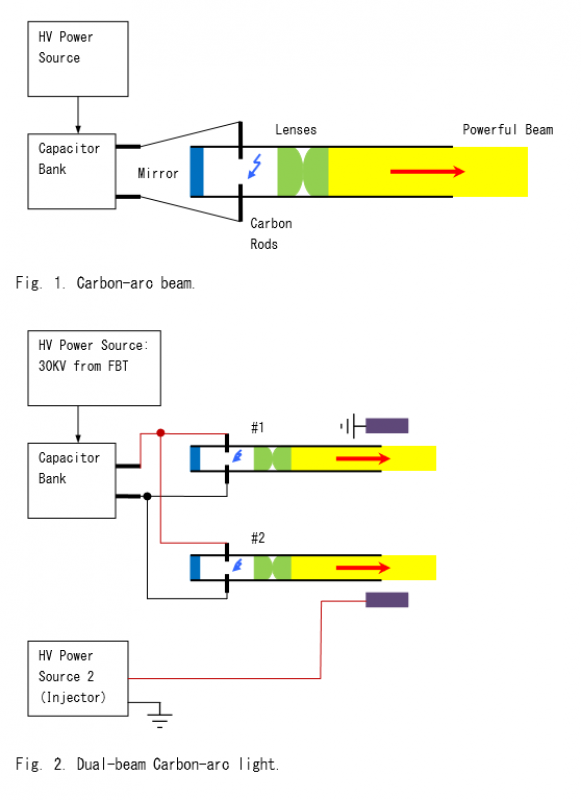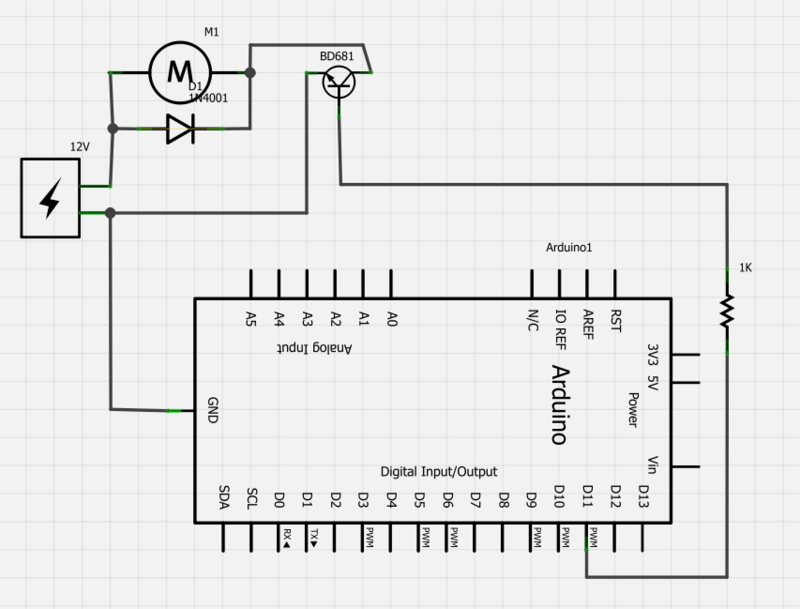
Triangular Wave Generator Using Op-amp
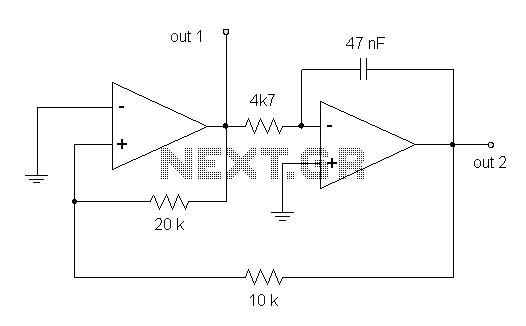
This circuit diagram illustrates a triangular wave generating circuit utilizing a pair of operational amplifiers (Op-Amps). The LM741 Op-Amp is recommended for this application. The first Op-Amp, located on the left, functions as a comparator, while the second Op-Amp on the right serves as an integrator. For instance, if the initial condition at the output of the second Op-Amp is negative, the output of the first Op-Amp will be positive. Following the integration process, the voltage at the output of the second Op-Amp will exhibit a decrease, resulting in a negative slope.
The triangular wave generating circuit relies on the interplay between the comparator and the integrator. The comparator (first Op-Amp) compares two input voltages: a reference voltage and the output voltage from the integrator (second Op-Amp). When the output of the integrator exceeds the reference voltage, the comparator switches its output state, creating a square wave signal. This square wave signal is then fed into the integrator, which converts it into a triangular wave.
In practical terms, the circuit can be set up with the following components:
1. **Op-Amps**: Two LM741 operational amplifiers are used for the comparator and integrator functions.
2. **Resistors**: Appropriate resistor values are needed to set the gain for the comparator and to define the time constant for the integrator. The resistor values will determine the frequency and amplitude of the triangular wave.
3. **Capacitor**: A capacitor is connected to the output of the comparator and the input of the integrator to facilitate the integration process. The capacitance value will affect the slope of the triangular wave.
4. **Power Supply**: The Op-Amps require a dual power supply (positive and negative) to operate effectively.
When designing the circuit, careful consideration must be given to the feedback network in the integrator to ensure stability and prevent oscillations. The output of the integrator will produce a linear ramp up and down, which, when viewed over time, creates the characteristic triangular waveform.
Overall, this circuit is widely used in waveform generation applications, signal processing, and function generator designs, providing a reliable means of producing triangular waveforms for various electronic applications.This is a circuit diagram of the triangular wave producing circuit. We can produce the triangular wave with a series of two Op-Amp. You can use the LM741 op-amp. Op-amp first (left) is a series of comparison (comparator) while the Op-Amp circuit second (right) is the integrator. example : initial condition at the output 2 is negative, then output 1 will be positive, after passing through the integrator, the voltage at the output 2 is a reduction (negative slope). The following is a schematic drawing: 🔗 External reference
The triangular wave generating circuit relies on the interplay between the comparator and the integrator. The comparator (first Op-Amp) compares two input voltages: a reference voltage and the output voltage from the integrator (second Op-Amp). When the output of the integrator exceeds the reference voltage, the comparator switches its output state, creating a square wave signal. This square wave signal is then fed into the integrator, which converts it into a triangular wave.
In practical terms, the circuit can be set up with the following components:
1. **Op-Amps**: Two LM741 operational amplifiers are used for the comparator and integrator functions.
2. **Resistors**: Appropriate resistor values are needed to set the gain for the comparator and to define the time constant for the integrator. The resistor values will determine the frequency and amplitude of the triangular wave.
3. **Capacitor**: A capacitor is connected to the output of the comparator and the input of the integrator to facilitate the integration process. The capacitance value will affect the slope of the triangular wave.
4. **Power Supply**: The Op-Amps require a dual power supply (positive and negative) to operate effectively.
When designing the circuit, careful consideration must be given to the feedback network in the integrator to ensure stability and prevent oscillations. The output of the integrator will produce a linear ramp up and down, which, when viewed over time, creates the characteristic triangular waveform.
Overall, this circuit is widely used in waveform generation applications, signal processing, and function generator designs, providing a reliable means of producing triangular waveforms for various electronic applications.This is a circuit diagram of the triangular wave producing circuit. We can produce the triangular wave with a series of two Op-Amp. You can use the LM741 op-amp. Op-amp first (left) is a series of comparison (comparator) while the Op-Amp circuit second (right) is the integrator. example : initial condition at the output 2 is negative, then output 1 will be positive, after passing through the integrator, the voltage at the output 2 is a reduction (negative slope). The following is a schematic drawing: 🔗 External reference
